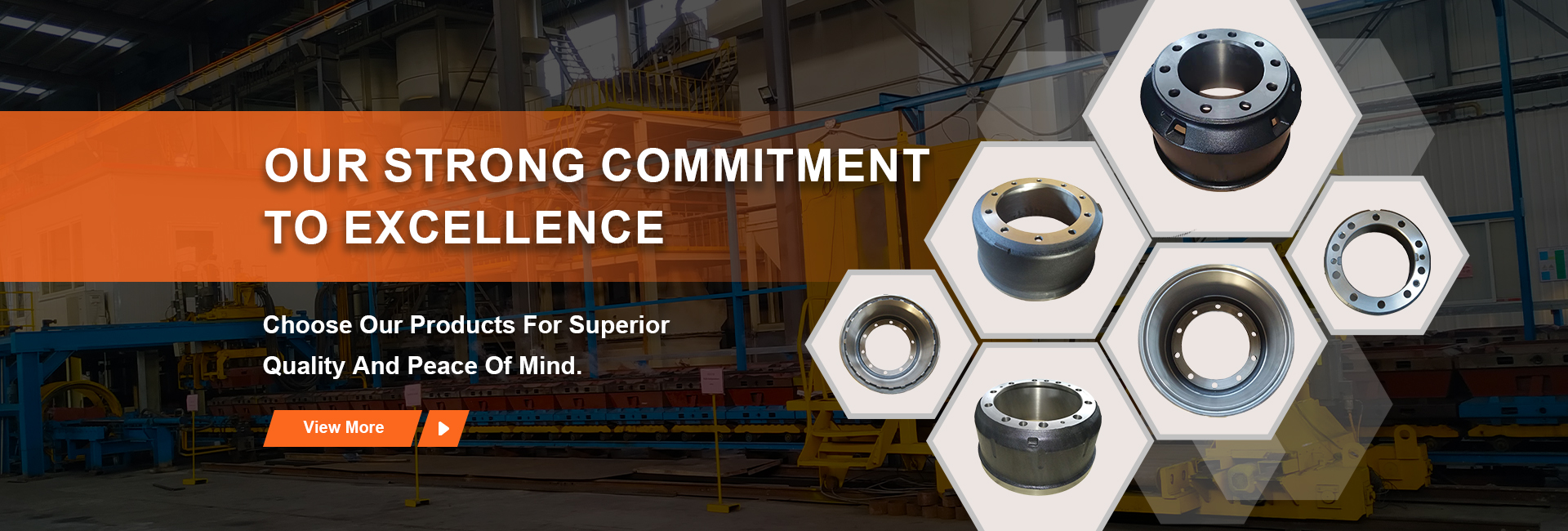
-
 Afrikaans
Afrikaans -
 Albanian
Albanian -
 Amharic
Amharic -
 Arabic
Arabic -
 Armenian
Armenian -
 Azerbaijani
Azerbaijani -
 Basque
Basque -
 Belarusian
Belarusian -
 Bengali
Bengali -
 Bosnian
Bosnian -
 Bulgarian
Bulgarian -
 Catalan
Catalan -
 Cebuano
Cebuano -
 Corsican
Corsican -
 Croatian
Croatian -
 Czech
Czech -
 Danish
Danish -
 Dutch
Dutch -
 ఆంగ్ల
ఆంగ్ల -
 Esperanto
Esperanto -
 Estonian
Estonian -
 Finnish
Finnish -
 French
French -
 Frisian
Frisian -
 Galician
Galician -
 Georgian
Georgian -
 German
German -
 Greek
Greek -
 Gujarati
Gujarati -
 Haitian Creole
Haitian Creole -
 hausa
hausa -
 hawaiian
hawaiian -
 Hebrew
Hebrew -
 Hindi
Hindi -
 Miao
Miao -
 Hungarian
Hungarian -
 Icelandic
Icelandic -
 igbo
igbo -
 Indonesian
Indonesian -
 irish
irish -
 Italian
Italian -
 Japanese
Japanese -
 Javanese
Javanese -
 Kannada
Kannada -
 kazakh
kazakh -
 Khmer
Khmer -
 Rwandese
Rwandese -
 Korean
Korean -
 Kurdish
Kurdish -
 Kyrgyz
Kyrgyz -
 Lao
Lao -
 Latin
Latin -
 Latvian
Latvian -
 Lithuanian
Lithuanian -
 Luxembourgish
Luxembourgish -
 Macedonian
Macedonian -
 Malgashi
Malgashi -
 Malay
Malay -
 Malayalam
Malayalam -
 Maltese
Maltese -
 Maori
Maori -
 Marathi
Marathi -
 Mongolian
Mongolian -
 Myanmar
Myanmar -
 Nepali
Nepali -
 Norwegian
Norwegian -
 Norwegian
Norwegian -
 Occitan
Occitan -
 Pashto
Pashto -
 Persian
Persian -
 Polish
Polish -
 Portuguese
Portuguese -
 Punjabi
Punjabi -
 Romanian
Romanian -
 Russian
Russian -
 Samoan
Samoan -
 Scottish Gaelic
Scottish Gaelic -
 Serbian
Serbian -
 Sesotho
Sesotho -
 Shona
Shona -
 Sindhi
Sindhi -
 Sinhala
Sinhala -
 Slovak
Slovak -
 Slovenian
Slovenian -
 Somali
Somali -
 Spanish
Spanish -
 Sundanese
Sundanese -
 Swahili
Swahili -
 Swedish
Swedish -
 Tagalog
Tagalog -
 Tajik
Tajik -
 Tamil
Tamil -
 Tatar
Tatar -
 Telugu
Telugu -
 Thai
Thai -
 Turkish
Turkish -
 Turkmen
Turkmen -
 Ukrainian
Ukrainian -
 Urdu
Urdu -
 Uighur
Uighur -
 Uzbek
Uzbek -
 Vietnamese
Vietnamese -
 Welsh
Welsh -
 Bantu
Bantu -
 Yiddish
Yiddish -
 Yoruba
Yoruba -
 Zulu
Zulu
Disc vs Drum Brakes
Disc Brakes vs. Drum Brakes A Comparative Analysis
When it comes to vehicle braking systems, the two most prominent types are disc brakes and drum brakes. Each system has its own unique features, advantages, and disadvantages, which impact their performance, maintenance, and application across various vehicles. Understanding these differences can help consumers and automotive enthusiasts make informed decisions about their braking systems.
Construction and Mechanism
Disc brakes consist of a flat, disc-shaped rotor attached to the wheel hub. When the driver presses the brake pedal, brake pads clamp down on the rotor, creating friction that slows the vehicle. This design allows for efficient heat dissipation, as the open structure of the disc promotes airflow. In contrast, drum brakes consist of a cylindrical drum that rotates with the wheel. Brake shoes inside the drum expand outward when the brake pedal is pressed, forcing against the drum wall to generate stopping power. This enclosed design can retain heat, often leading to brake fade during extended use.
Performance
Performance-wise, disc brakes generally outperform drum brakes, especially under demanding conditions. Disc brakes offer superior stopping power and are less prone to overheating. As a result, they are commonly found on high-performance vehicles and in applications requiring frequent hard braking. Drum brakes, while effective for everyday driving and lighter vehicles, may struggle under heavy load or during prolonged braking, causing performance issues.
disc vs drum brakes

Maintenance and Durability
Maintenance is another critical factor to consider. Disc brakes typically require less frequent maintenance than drum brakes. The components of disc brakes are easier to access for inspection and replacement, such as pads and rotors. In contrast, drum brakes often require more labor-intensive disassembly to reach the brake shoes, making maintenance more time-consuming and expensive. Additionally, disc brakes tend to have a longer lifespan, as they resist wear better under high-stress conditions.
Cost and Applications
From a cost perspective, drum brakes are often less expensive to manufacture and install, which is why they are still prevalent in budget-friendly vehicles and certain commercial applications. However, as vehicles increasingly favor safety and performance, the prevalence of disc brakes is on the rise. Many modern vehicles now utilize disc brakes on both the front and rear axles, providing enhanced performance and safety.
Conclusion
In conclusion, the choice between disc brakes and drum brakes ultimately depends on the specific requirements of the vehicle and the driving conditions. Disc brakes offer superior performance and easier maintenance, making them ideal for high-performance and heavy-duty applications. Drum brakes, while cost-effective and sufficient for everyday use, may fall short in demanding situations. Understanding the features of each system can empower drivers to make the best choice for their vehicle and driving needs.
-
What Are Drum Brakesవార్తలుJul.07,2025
-
Understanding Brake Drum Materialవార్తలుJul.07,2025
-
Semi-Trailer Brake Drum: A Key Component for Extreme Loads and Long-Distance Transportవార్తలుJul.07,2025
-
Drum Brake Pads for Saleవార్తలుJul.07,2025
-
Brake Drums for Saleవార్తలుJul.07,2025
-
Brake Drum Manufacturerవార్తలుJul.07,2025
-
Aluminum Brake Drums: The Future of High-Performance Carsవార్తలుJul.07,2025
